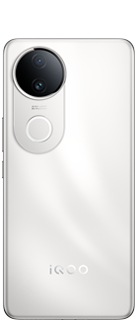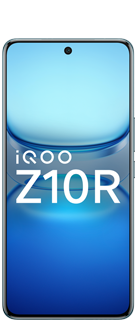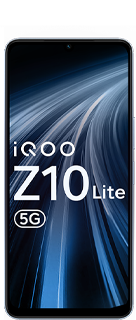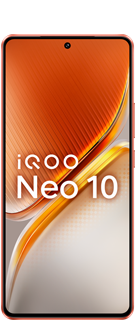FORMAT OF DATES 🗓️🗓️
Introduction
Date format is the order in which the day, month, and year are written when expressing a date.
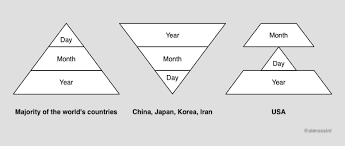
There are many different date formats used around the world, but the most common are:
* Month-day-year (MDY): This format is used in the United States, Canada, Mexico, and many other countries. For example: September 6, 2023.
* Day-month-year (DMY): This format is used in the United Kingdom, India, Australia, New Zealand, and many other countries. For example: 6 September 2023.
* Year-month-day (YMD): This format is also known as the ISO 8601 format and is used internationally in scientific and technical writing. For example: 2023-09-06.
In addition to these three main formats, there are many other variations that are used in different countries and contexts.
For example, some countries use a two-digit year format (e.g., 06/09/23), while others use a four-digit year format (e.g., 06/09/2023). Some countries also use abbreviations for the month names (e.g., Sep 6, 2023).
When choosing a date format, it is important to consider your audience. If you are writing for an international audience, it is best to use the ISO 8601 format, as this is the most widely understood format.
If you are writing for a specific country or region, you should use the date format that is most commonly used in that area.
Here are some additional tips for writing dates correctly:
* Use a comma after the day of the week if you are including it in the date. For example: Monday, September 6, 2023.
* Use a space between the day and the month, and between the month and the year.
* Use leading zeros for all single-digit dates. For example: 09/06/2023.
* When writing a date in abbreviated form, use the first three letters of the month name. For example: Sep 6, 2023.

By following these tips, you can ensure that your dates are written correctly and understood by your audience.
FOLLOW @TechieGuyFOR MORE SUCH INFORMATIVE CONTENT 🤙🤙.
Please sign in
Login and share

